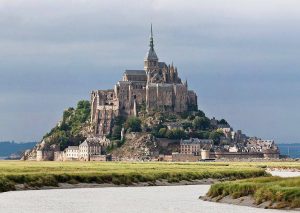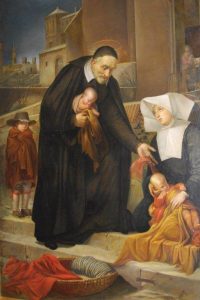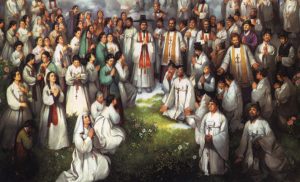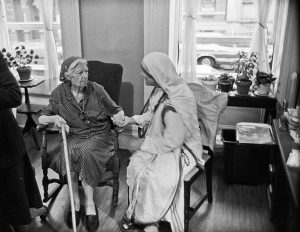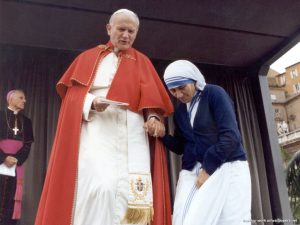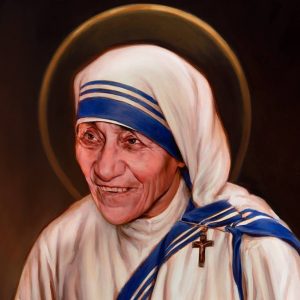In the Matins service this feast the Church prays: “Wherever your grace casts its shadow, O Captain and Archangel Michael, the Devil is driven out, for Lucifer, the fallen morning star, cannot bear to behold your light. We, therefore, beg you to quench the fiery darts he casts against us and deliver us from his temptations.”
All of us —you, me, the angels, the Son of God— have a mission given by God the Father. For a moment, let us consider the heavenly beings, the archangels.
The archangel Raphael bears a name which means God Has Healed; he appears clothed as a traveler. Raphael wears the traveler’s dress throughout the Book of Tobit because he guides young Tobias on his journey and brings God’s deliverance and healing to Tobit and Sarah. His traveler’s staff takes the form of a caduceus, indicating his special care for those engaged in healing ministries; it’s also conveying God’s healing to Tobit of his blindness. Moreover, Raphael is traditionally seen as the protector of travelers and physicians, plus having agency in bringing Tobias and Sarah together and therefore, he is often invoked by those seeking a loving marriage and a godly spouse.
The archangel Gabriel, Strength of God, is the Angel of the Annunciation, who identified himself to Zachary (Lk. 1:19) as one who stand(s) in the presence of God. He stands here closest to the Star and with his feet planted firmly on rock, for his message brings light and joy to all
the earth. In Gabriel’s left hand he holds an icon of the Theotokos of the Sign, indicating the Incarnation of the Eternal Word, the Son of God, and in his right he grips a staff surmounted by a lily, symbol of peace, a role he had of sounding the Last Trumpet (cf. Rev. 8:2-5). Christians consider Gabriel to be the angel of mercy and consolation.
Clad in armor and bearing a shimmering sword, the Archangel Michael, Who Is Like God?, is the champion of justice and angel of righteousness. Michael raises up an image of Man clothed in the white robe of Baptism, while casting into hell Satan (cf. Rev.12:7-9) and the fallen angels who serve him. In several ways Michael is like Gabriel because he is the link between the Old and New Covenants: he is invoked in time of warfare, both physical and spiritual, and to rescue souls from the clutches of the Devil, especially at the moment of death. As Pope Leo XIII reminded the Church, Michael is a powerful heavenly being in the struggle against evil.
May we revere the Archangels all the more by invoking their protection.
